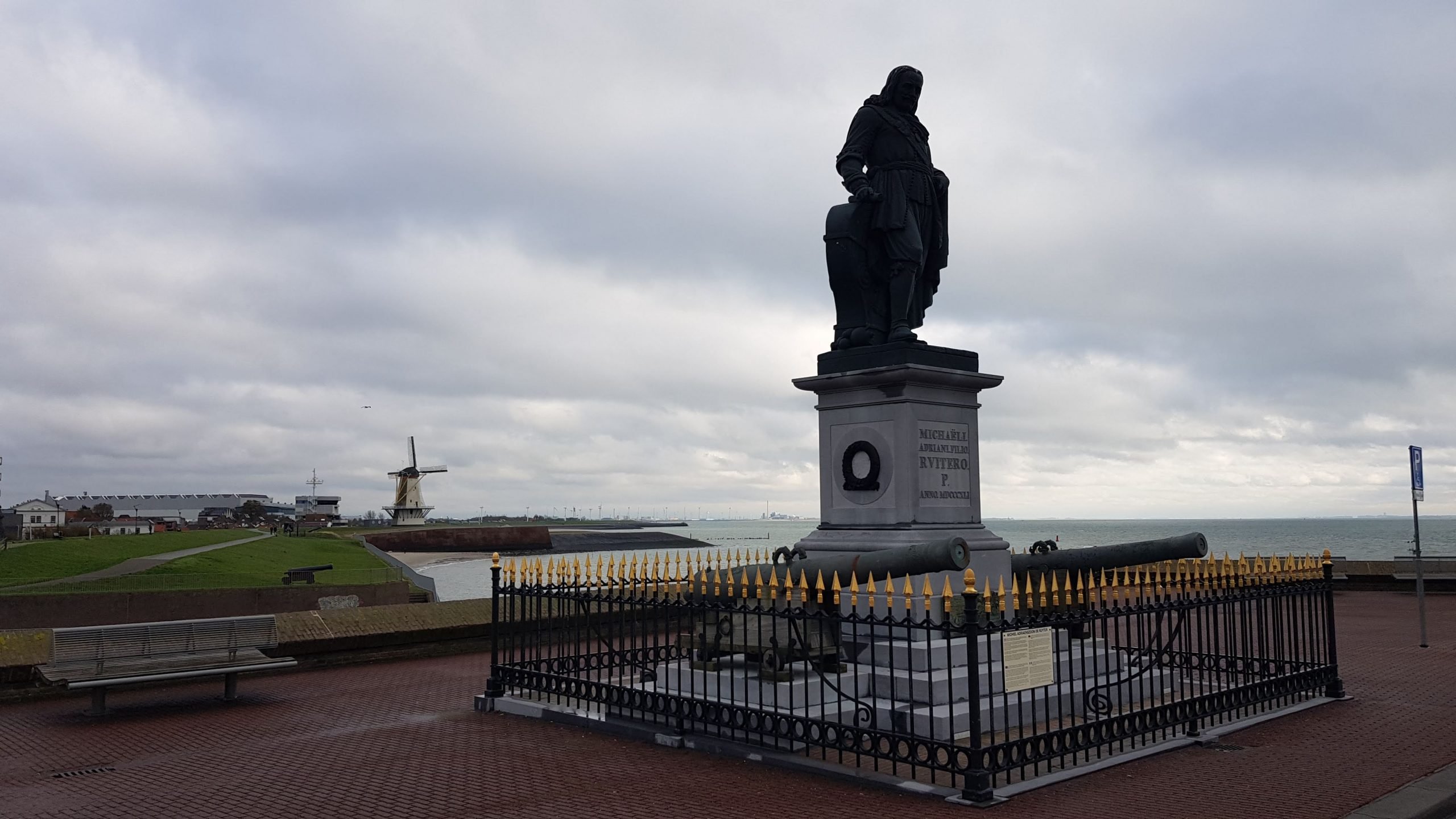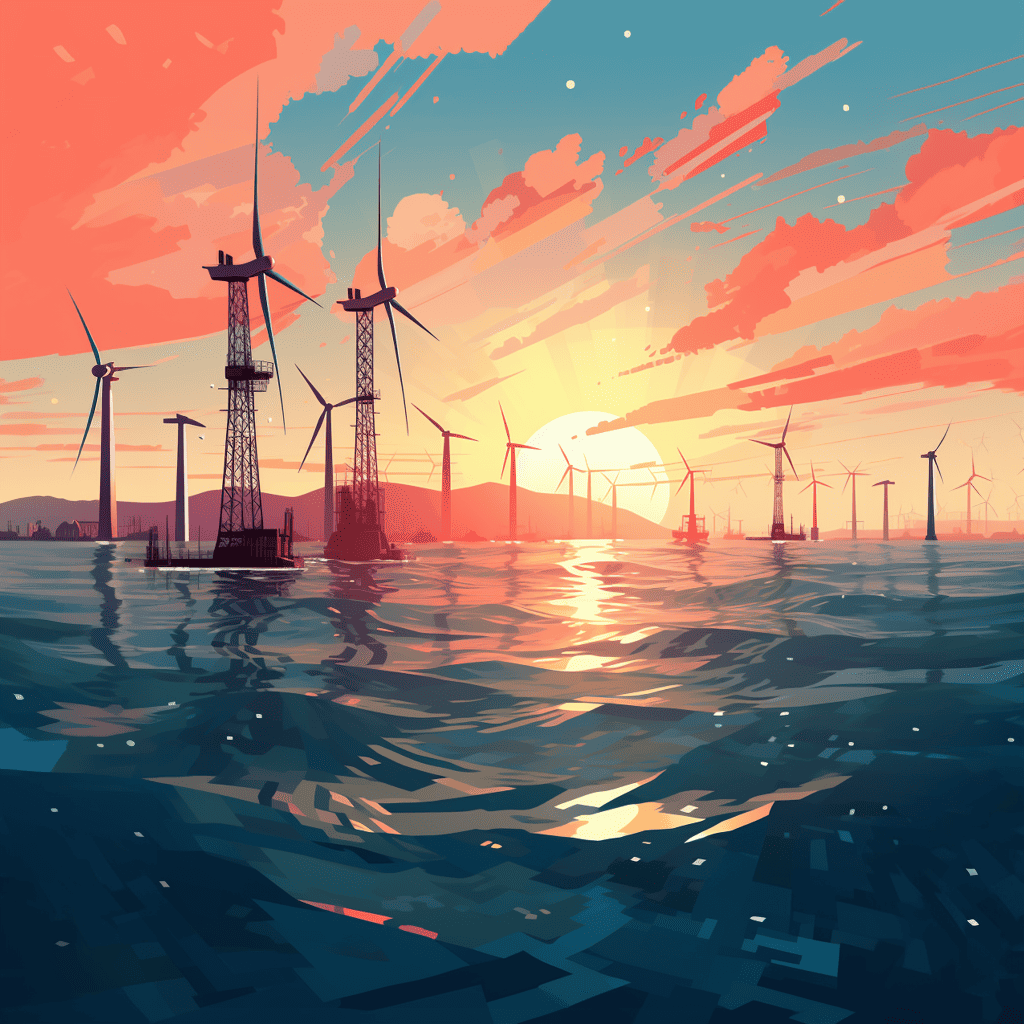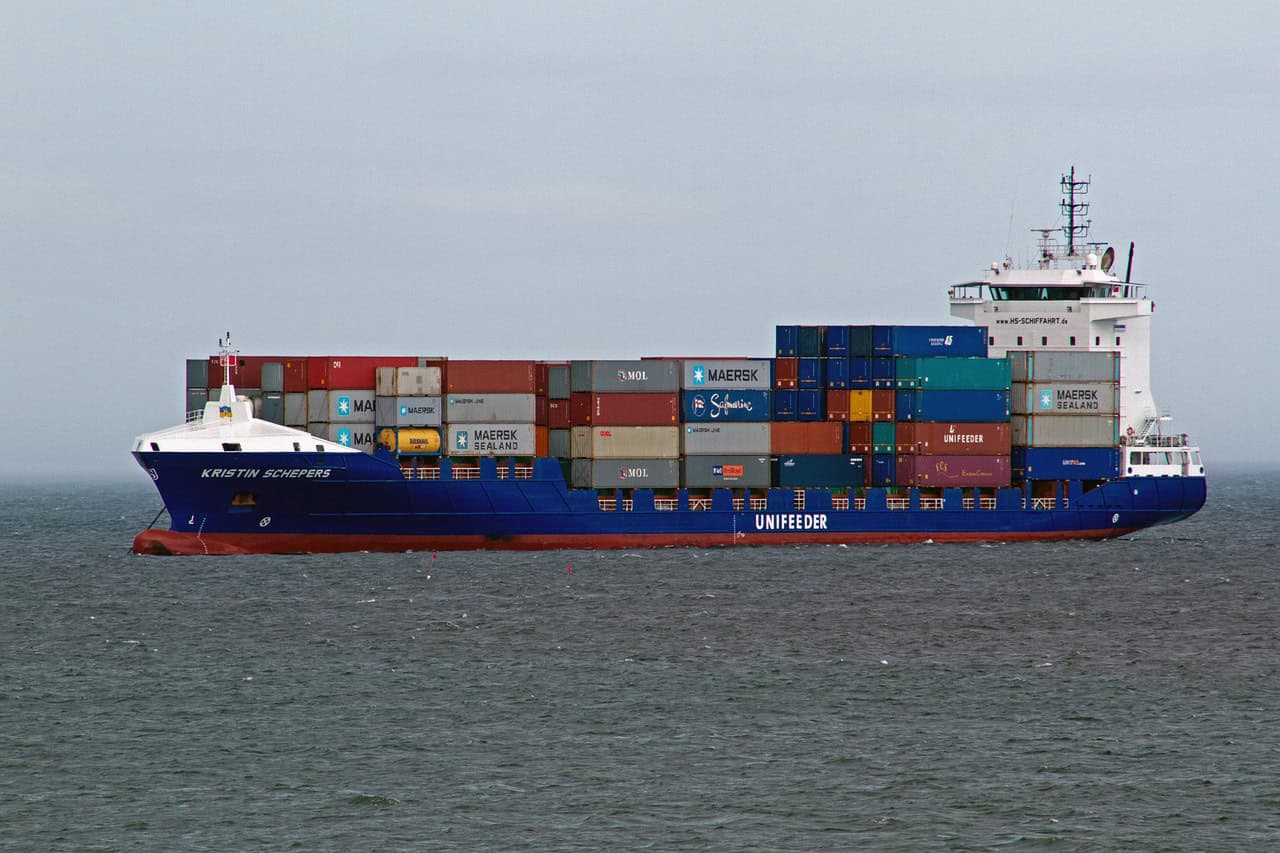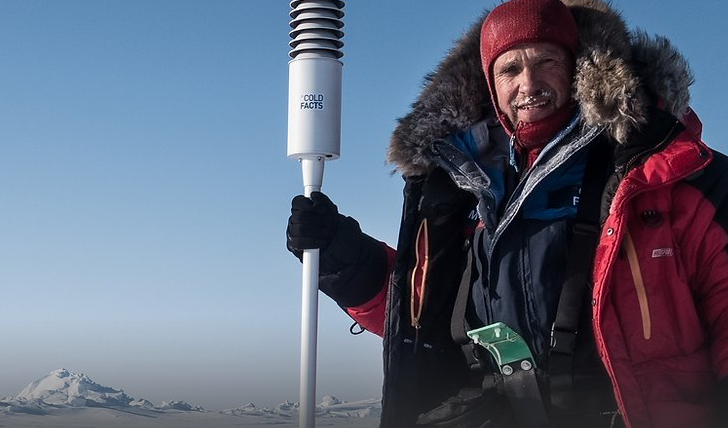
Zeeland, on the Dutch North Sea coast, is not the first province you think of when it comes to innovation. All the more reason for Innovation Origins to adjust that image. In six episodes we show a cross-section of the organisations in Zeeland that give innovation a face.
“The Vowed One” – gezworene – is written on his business card. A term from the Middle Ages, but as a member of the management of the Provincial Water Authority Waterschap Scheldestromen, Gert van Kralingen is mainly concerned with the future. In the day-to-day management, he is responsible for innovation.
Since the last period of the Authority, innovation has been a serious theme for Scheldestromen, says Van Kralingen, who calls himself a ‘practical manager’. “There is a lot of expertise within the Water Authority, but it has long been mainly turned inwards. It is important that we show the outside world that we are an innovative organisation. We are getting better and better at that.”

The changes in the climate are continuing, he says firmly. “We have to anticipate for this through innovation, if not we will soon be biting our own tails. The water level is rising, and our costs are as well if we want to meet our current assignments alone. In Zeeland, of course, we are the first to notice this, and that also means that we set an example to the rest of the country, or perhaps the world. To put it bluntly: if we don’t take up our challenges in an innovative way, then who will?”
Indeed, in the province with more than 1,000 kilometres of flood defences, 233 dams and groynes, almost 400 construction works, 100 pumping stations, 1,000 weirs and approximately 60,000 culverts, the task of the Water Authority is to come up with solutions that may also benefit others. Because only doing what we have done for centuries, that certainly doesn’t work anymore, that’s for certain.
Multiflex meter
Simply building traditional facilities, such as dykes, in larger dimensions doesn’t work anymore, says Van Kralingen at his office in the centre of Middelburg. “You can’t endlessly increase the diameter of a drainage pipe. Of course, we will still do it when necessary, but there’s a limit to that and it’s time for a smarter approach. We need to design our systems more intelligently.” Indeed, that sounds logical, but what does it mean in concrete terms? Van Kralingen explains it with an example that he proudly presents as proof of Zeeland’s innovative power: the multiflex meter, a small modular device that continuously measures the level, the flow rate, the precipitation and the salt content of the water.
The multiflex meter consists of a controller, power supply, communication and housing. It is robust, weather and vandal-proof and energy-efficient. Because different measuring sensors can be connected to it, the multiflex meter can be used for various applications. A flexible measuring network can be set up via the Internet or Things for about € 150,- per measuring unit, Van Kralingen explains. “We have now distributed about 2,000 of these boxes made, with the help of Dockwize and the educational lab of Hogeschool Zeeland. Some of them have even been delivered as far away as Bangladesh. I am very proud of this, also because the device can be further developed. It is open-source, we invite everyone to further improve it.”
But measuring alone is not enough, says Van Kralingen. Innovation is needed on many fronts. To make this explicit, a poster has been placed in the reception hall of the Water Authority on which dozens of concrete activities can be seen. They have to do with stronger dykes, optimized water systems, better water purification and safer and more sustainable roads. As one of the few Water Authorities in the country, Scheldestromen is also responsible for the roads within its working area, but water is still the main part of all tasks.

The water is affecting us in three ways, says Van Kralingen. “There’s the sea level rise, peak loads from rivers and heavy showers. Existing drainage pipes are no longer enough to control all this, so we need smarter solutions, especially in urban areas. But every city is different, so we want tailor-made solutions. What we do first and foremost, together with the municipalities, is to imitate the specific environment as a digital twin on a computer, so that we can then apply all our models to it.” For Middelburg, this has led to a plan to adapt the public space in such a way that water can first be collected and then dosed to be discharged. “This will help in the event of sudden nuisance, but it is not a guarantee that any inconvenience can be prevented in this way. Moreover, citizens themselves will also have to help. By removing the stones from their gardens for example, and by putting plants in it. Then the garden will be used as an accumulator. It is a process of building awareness for everybody.”
Big solutions
The “big solutions” to keep the water out in the future will come in time but are not yet available, which, according to Van Kralingen, requires a lot more innovative power. “Will they be new flood defences? Islands off the coast perhaps? Until 2050, it is reasonable to predict what lies ahead of us, but further away, we may need more far-reaching measures than we can think of at present.” And then there’s also the problem of drought, however crazy that may sound for a water province like Zeeland. Van Kralingen: “We have a major freshwater problem. The drought of the past two years has forced us to open all the freshwater registers in our saline area.” The urgency is paramount, solving this requires a combination of solutions, such as a pipeline between the Moerdijk across Brabant and Tholen, or the storage of rainwater in the ground, for example in creek ridges.
Van Kralingen emphasises that there is every reason for mankind to treat the earth as a good steward. Major steps have already been taken in the field of energy, he says. “An important contribution to this is the realisation of the Energy Factory in Ritthem. Here we handle our wastewater from the island of Walcheren. We have converted this sewage treatment plant into a complete ‘energy factory’. Using smart technologies, we generate 37% more energy than we need. The remaining energy is fed back into the grid. It’s enough to meet the needs of the entire village of Ritthem one and a half times.”
Phario
The digested and dehydrated sludge – a residue from sewage treatment – has also been given a new function. “For example, it can be used to extract phosphate, a finite raw material but one that is important for food production. And that’s not all: “The excess sludge from the aeration tank contains bacteria. By feeding them with certain fatty acids, they produce the substance PHA (PolyHydroxyAlcanoate). If you remove the PHA from the sludge, you get a pure substance with which you can make bioplastics: Phario, a biodegradable plastic purely made from our wastewater.”
In addition to water, Zeeland also always thinks about energy when it comes to innovation. Sometimes the one can be combined with the other, for example when trying to advance the ‘blue battery’: a way of storing energy in which the reversible reactions between salt and fresh water form the core and in which solar energy can be used in the summer to make freshwater and in the winter the energy can be recovered by mixing excess freshwater with salt water.
There are plenty of ideas, but despite all the efforts and good intentions, there is still a lot of work to be done, for the time being, says Van Kralingen. “So we have to keep looking, especially here in Zeeland. And ultimately make the breakthroughs we need.”









